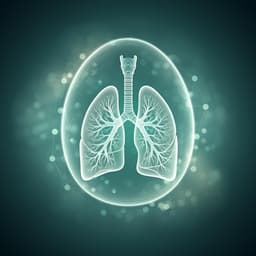
Medicine and Health
Effect of nutritive and non-nutritive sweeteners on hemodynamic responses to acute stress: a randomized crossover trial in healthy women
J. Cros, L. Bidlingmeyer, et al.
This fascinating study by Jérémy Cros and colleagues explored how sucrose and non-nutritive sweeteners impact our body’s responses to acute stress. With an intriguing experiment involving mental and cold pressure stress tests among healthy women, the research found no significant changes in hemodynamic responses across different sweetener conditions. Discover the surprising results!
~3 min • Beginner • English
Related Publications
Explore these studies to deepen your understanding of the subject.







